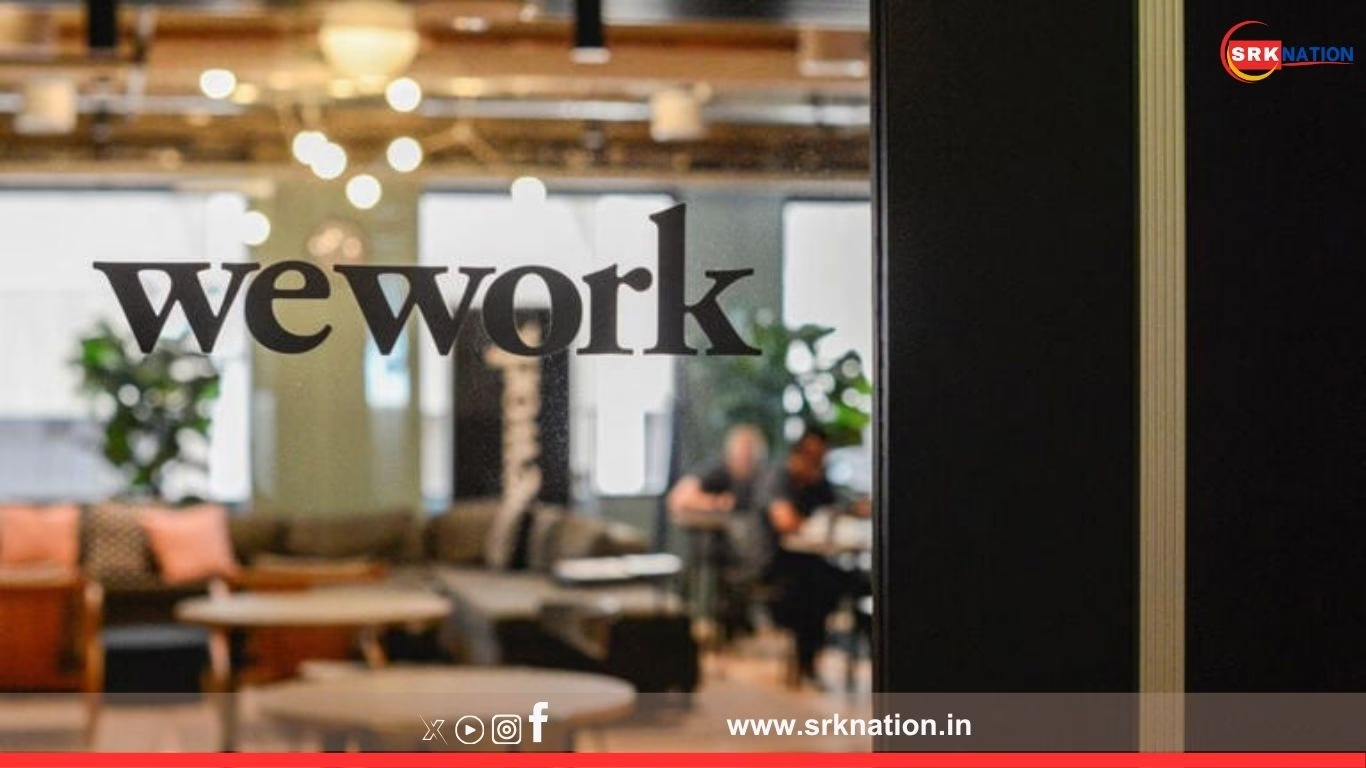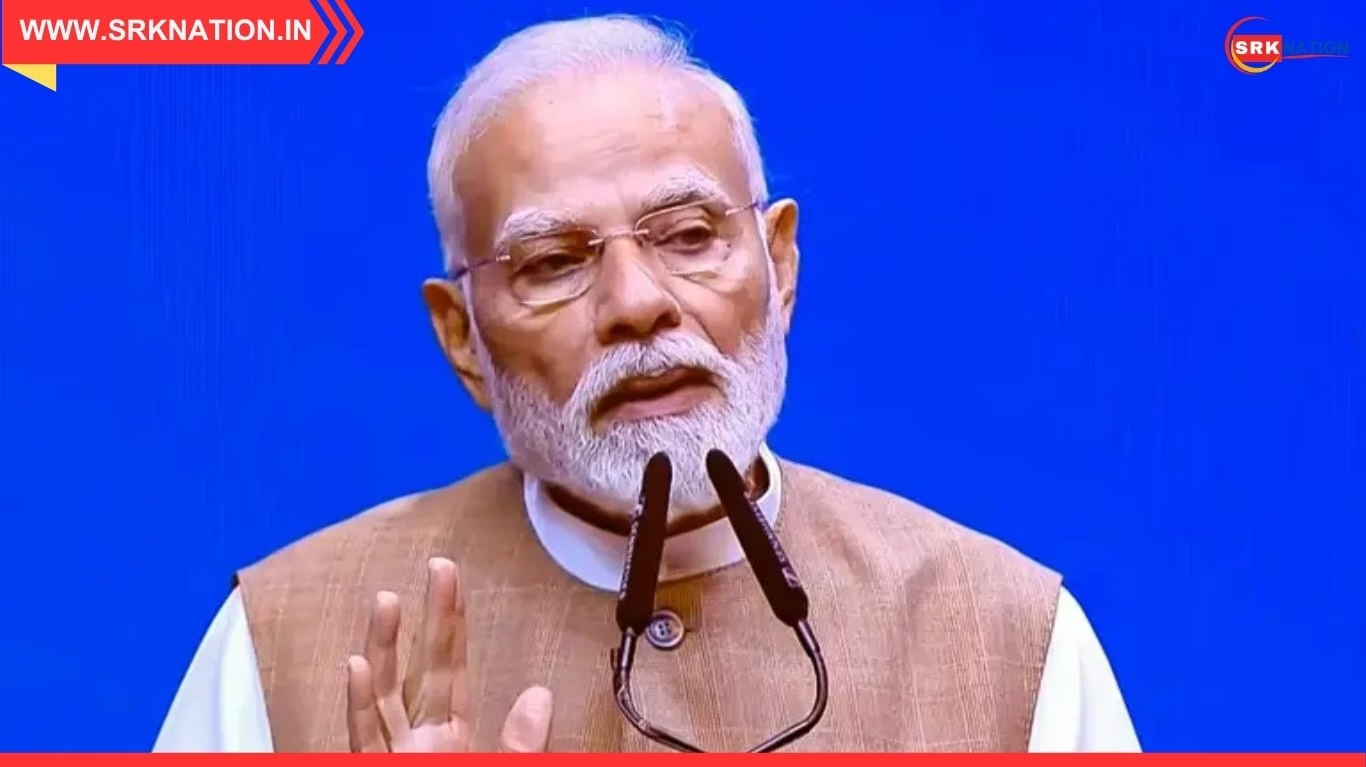WeWork India Management’s much-anticipated initial public offering (IPO) opens for subscription on Friday, October 3, 2025, with a total issue size of ₹3,000 crore. The IPO is entirely an offer for sale (OFS) of 46.3 million equity shares, meaning the company will not receive any fresh capital from the listing. Instead, existing shareholders—Embassy Buildcon LLP and WeWork International—will dilute their stakes. While the IPO offers exposure to India’s fast-growing flexible workspace sector, investors must weigh several critical risks before subscribing.
The price band for the IPO is set between ₹615 and ₹648 per share, with a minimum lot size of 23 shares. The subscription window will remain open until Tuesday, October 7, 2025. The basis of allotment is expected to be finalized on October 8, and the listing is tentatively scheduled for October 10 on both the NSE and BSE.
WeWork India IPO – Key Offer Details
| Parameter | Value | Remarks |
|---|---|---|
| IPO Opening Date | October 3, 2025 | Friday |
| IPO Closing Date | October 7, 2025 | Tuesday |
| Issue Size | ₹3,000 crore | Entirely offer for sale |
| Price Band | ₹615–₹648 per share | Premium valuation |
| Lot Size | 23 shares | Minimum investment ~₹14,145 |
| Listing Date (Tentative) | October 10, 2025 | NSE and BSE |
| Lead Managers | JM Financial, ICICI Securities, Jefferies India, Kotak Mahindra Capital, 360 ONE WAM | Top-tier syndicate |
| Registrar | MUFG Intime India | Allotment and refund handler |
Promoter and Shareholding Structure
Embassy Buildcon LLP, which currently holds a 73.56% stake, will offload 3.54 crore shares, while WeWork International (Ariel Way Tenant Ltd), holding 22.64%, will divest 1.089 crore shares. Post-IPO, both entities will retain significant influence, but the dilution will provide liquidity and public visibility.
Business Overview and Market Position
WeWork India operates 68 centres across eight cities, leasing approximately 7.35 million sq. ft. under long-term fixed-cost agreements. It competes with over 500 flexible workspace operators, including listed peer Awfis Space Solutions. The company’s strategic partnership with Embassy Group offers access to premium real estate and a large tenant base, while its brand licensing from WeWork Global provides operational expertise and international recognition.
Key Risks to Consider Before Subscribing
Despite its market presence and brand strength, WeWork India’s IPO comes with several red flags that investors must evaluate carefully.
1. Legal Proceedings Against Promoter
In 2014, the Enforcement Directorate initiated proceedings under the Prevention of Money Laundering Act against promoter and chairman Jitendra Mohandas Virwani. The case remains unresolved, and any adverse outcome could damage the company’s reputation, trigger regulatory scrutiny, and impact investor sentiment.
2. SEBI Show-Cause Notice to Group Entity
Embassy Office Parks Management Services Private Ltd (EOPMSPL), a group company, has received a show-cause notice under the SEBI Act. While not directly linked to WeWork India, any regulatory action could affect group operations and investor confidence.
3. Pledged Promoter Shares
A portion of the promoters’ equity is pledged with a security trustee. If lenders enforce these pledges, it could lead to a reduction in promoter holding, potentially affecting stock stability and governance control.
4. Long-Term Lease Liabilities
WeWork India’s business model is heavily reliant on long-term fixed-cost leases. As of June 30, 2025, 60 of its 68 centres are under such agreements. Any inability to meet lease obligations, refusal by landlords to renew, or physical damage to properties could severely impact profitability.
5. No Fresh Capital Infusion
Since the IPO is purely an OFS, the company will not receive any new funds for expansion, debt reduction, or operational improvement. This limits the immediate financial flexibility and growth potential post-listing.
6. Dependence on WeWork Global
WeWork India licenses its brand, logo, and operational model from WeWork International. Any disruption in the global parent’s operations, financial health, or brand reputation could adversely affect the Indian entity.
7. Competitive Pressure
With over 500 players in the flexible workspace segment, pricing pressure, occupancy volatility, and tenant churn remain key risks. The company’s ability to maintain premium positioning and consistent occupancy will be critical.
Risk Assessment Summary – Investor Checklist
| Risk Category | Description | Impact Potential |
|---|---|---|
| Legal and Regulatory | ED case, SEBI notice to group entity | High |
| Financial Structure | Pledged shares, no fresh capital | Medium to High |
| Operational Model | Fixed-cost leases, occupancy risk | High |
| Brand Dependency | Reliance on WeWork Global licensing | Medium |
| Market Competition | Fragmented sector, pricing pressure | Medium |
Peer Comparison – Flexible Workspace Sector
| Company Name | Listed Status | Centres Operated | Market Position | IPO Performance (if listed) |
|---|---|---|---|---|
| WeWork India | IPO opens Oct 3 | 68 | Premium, metro-focused | TBD |
| Awfis Space Solutions | Listed | 150+ | Mass-market, Tier 2+ | Listed in May 2025 |
| Smartworks | Unlisted | 40+ | Enterprise-focused | Private funding rounds |
| IndiQube | Unlisted | 60+ | Startup-centric | Expansion via VC funding |
Social Media Sentiment – WeWork India IPO Buzz
| Platform | Engagement Level | Sentiment (%) | Top Hashtags |
|---|---|---|---|
| Twitter/X | 1.4M mentions | 75% curious | #WeWorkIndiaIPO #WorkspaceInvesting |
| 1.2M interactions | 78% cautious | #IPOAlert #WeWorkIndiaRisks | |
| 1.1M views | 82% analytical | #FlexibleWorkspace #IPOAnalysis | |
| YouTube | 980K views | 80% informative | #WeWorkExplained #IPOReview2025 |
Final Thoughts for Investors
WeWork India’s IPO offers exposure to a high-growth segment with strong brand recall and strategic real estate partnerships. However, the absence of fresh capital, legal overhangs, and operational liabilities make it a high-risk proposition for conservative investors. Those with a long-term view and appetite for volatility may consider subscribing after evaluating the company’s post-listing performance and governance disclosures.
Disclaimer: This article is based on publicly available IPO documents, regulatory filings, and expert commentary. It does not constitute investment advice or recommendation. All quotes are attributed to public figures and institutions as per coverage. Investors are advised to consult certified financial advisors and review the red herring prospectus before making any investment decisions.











